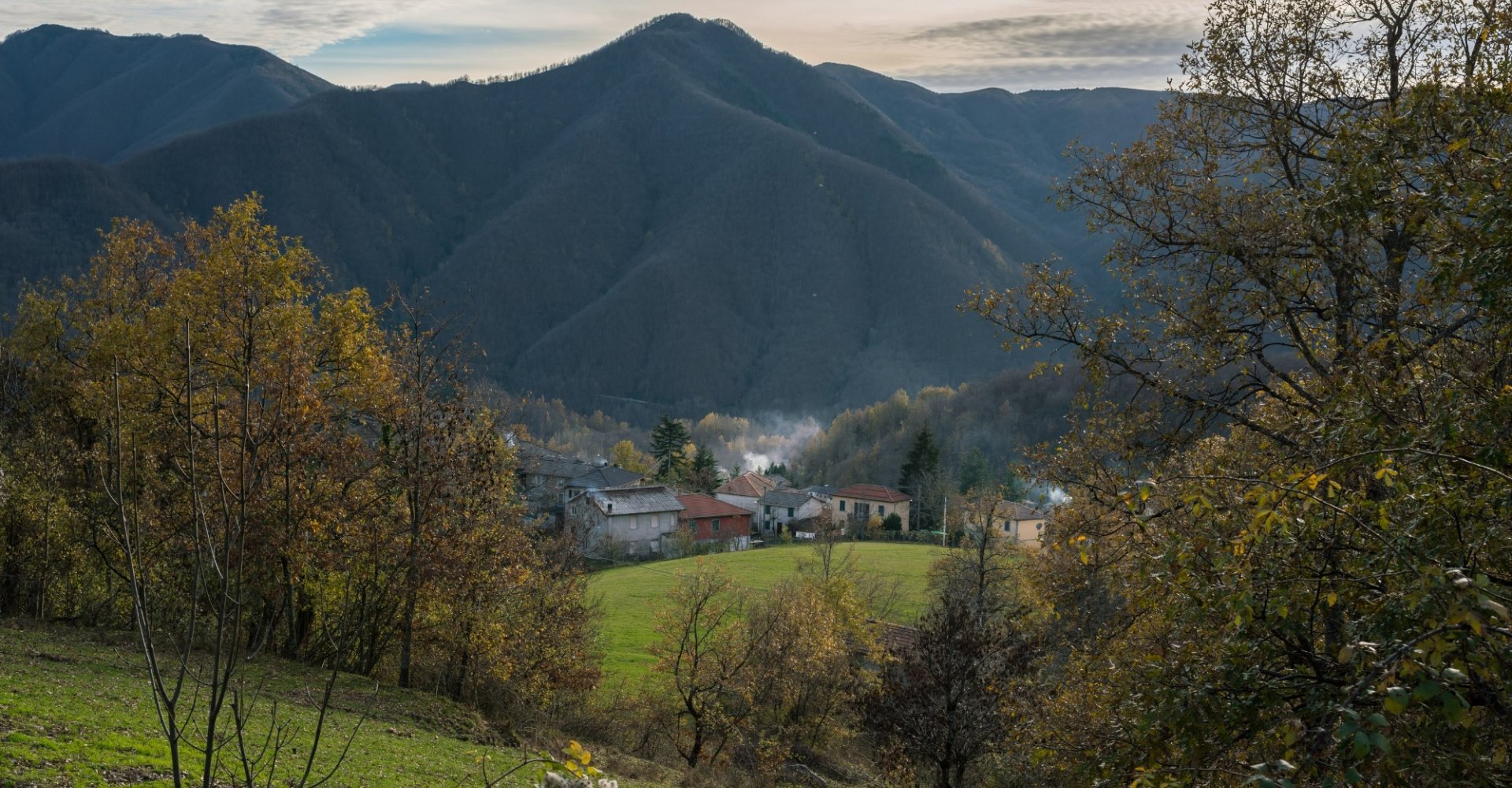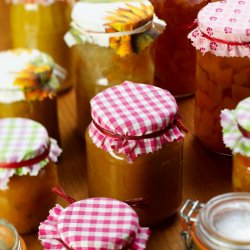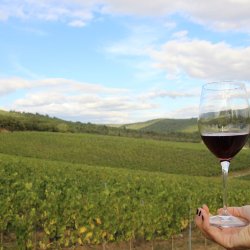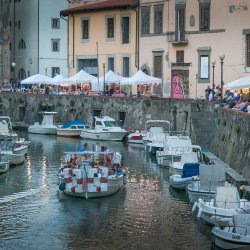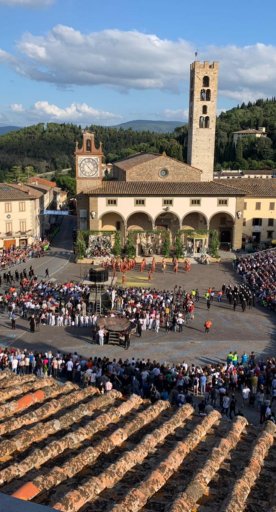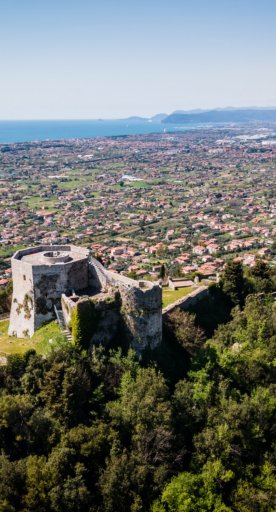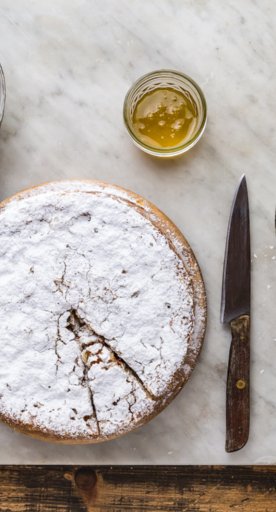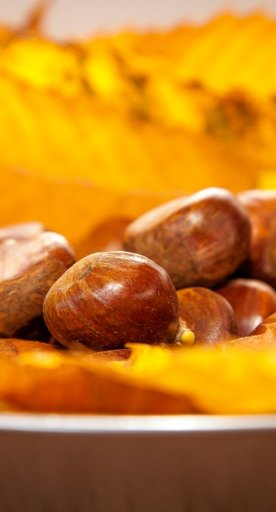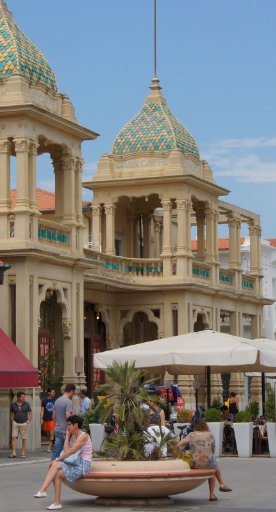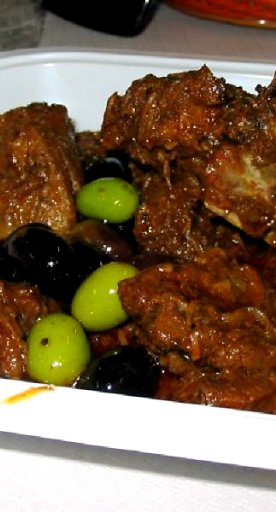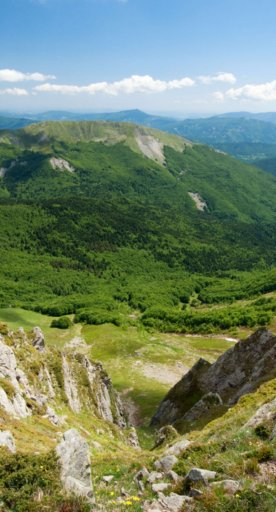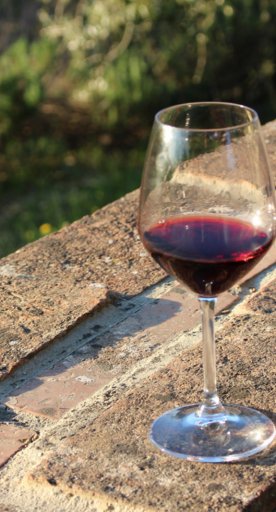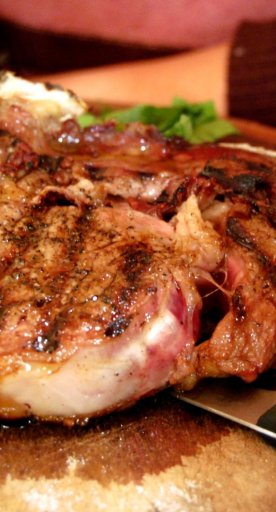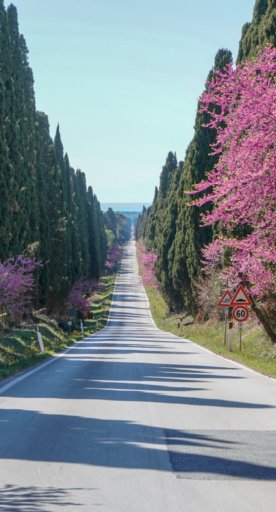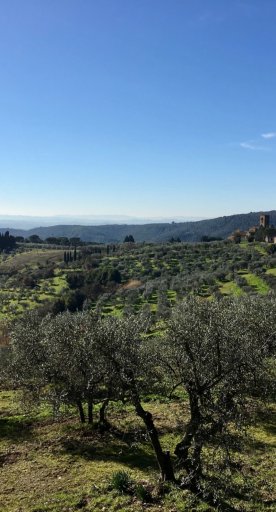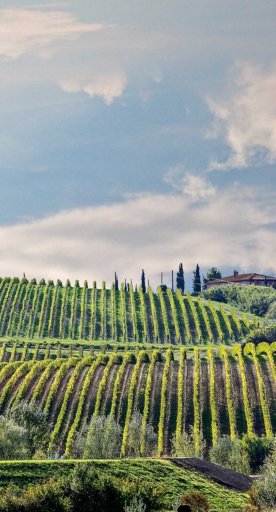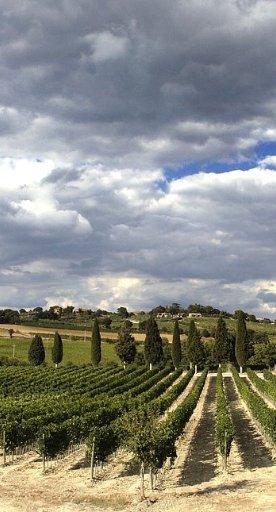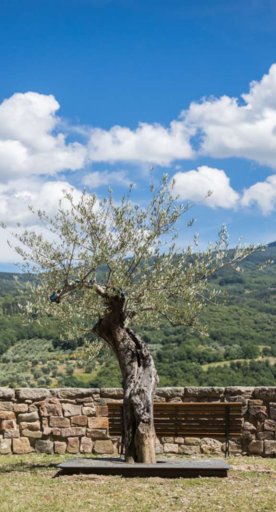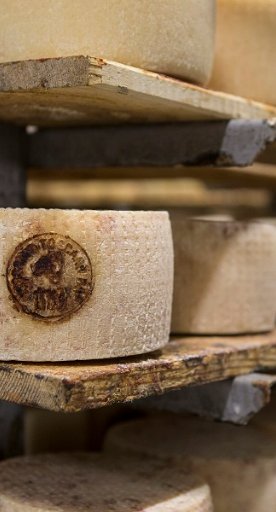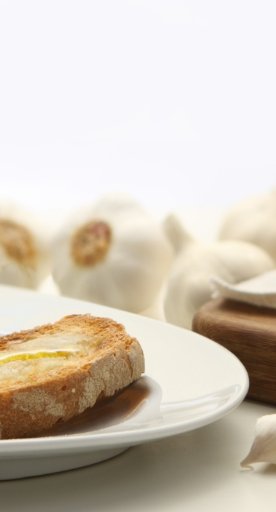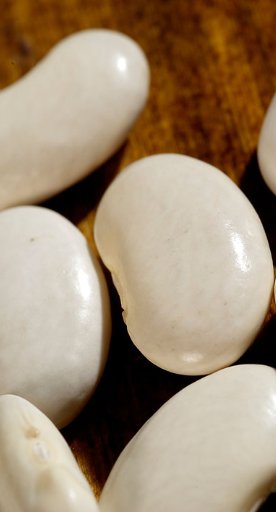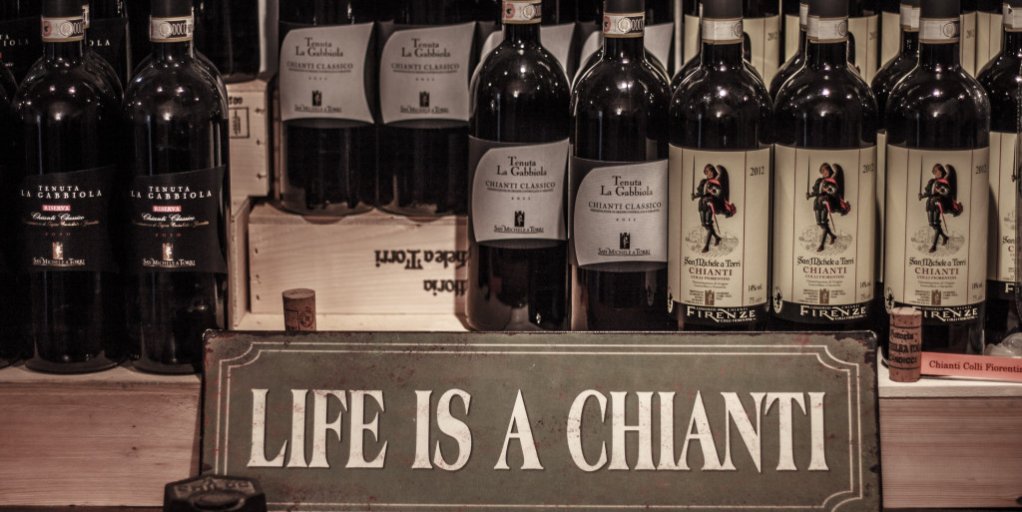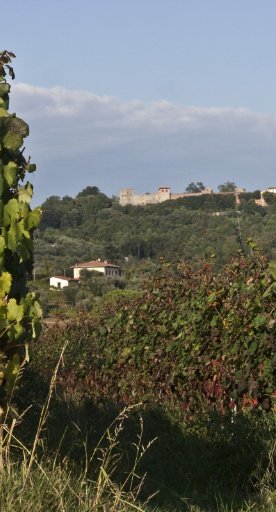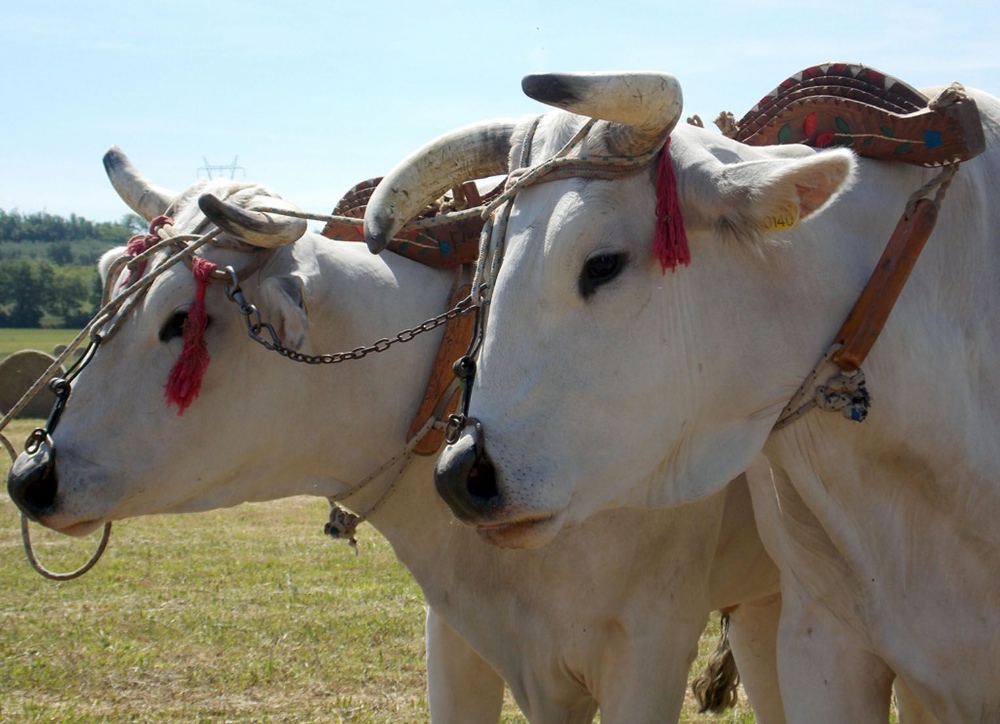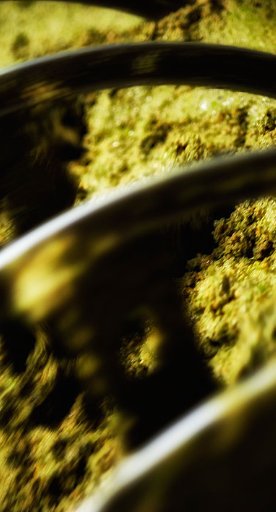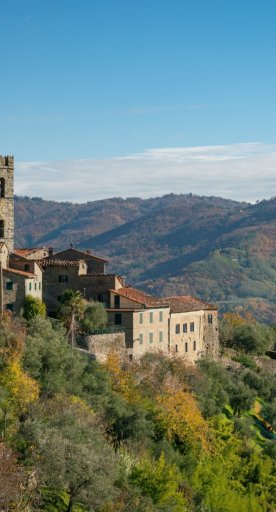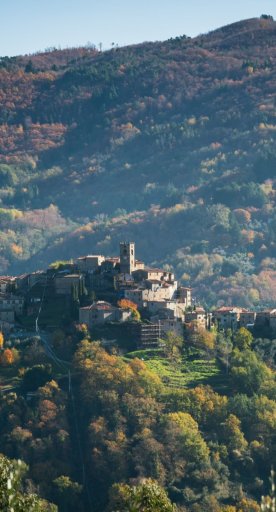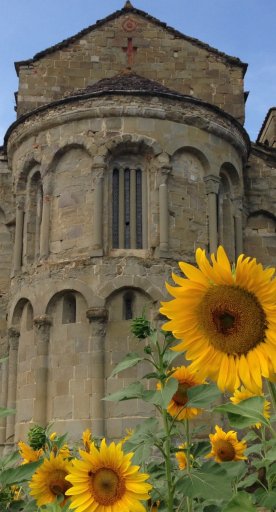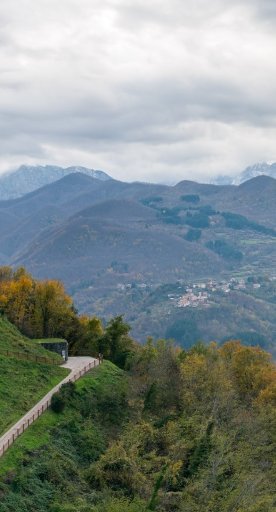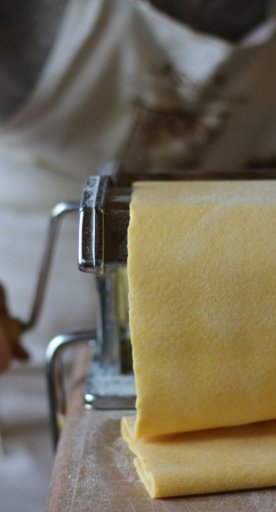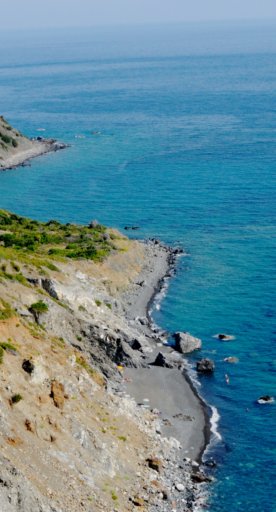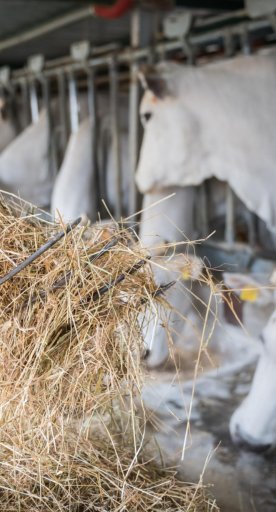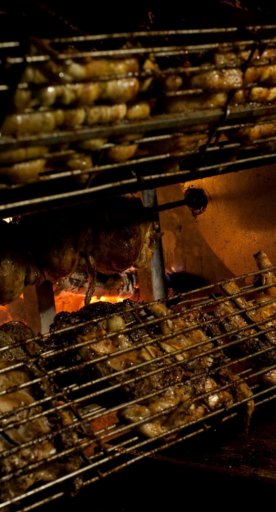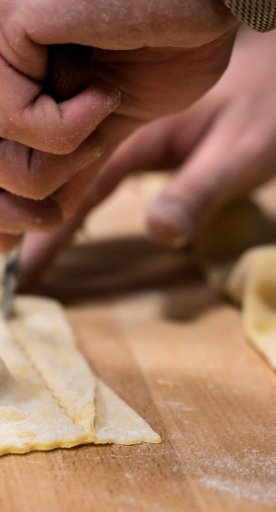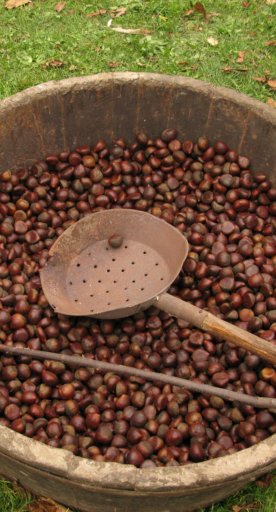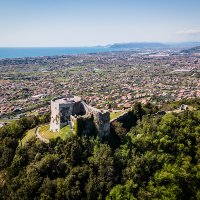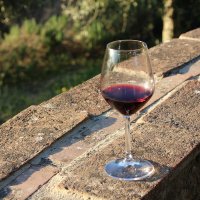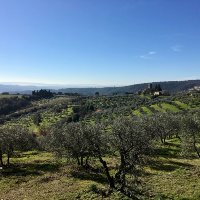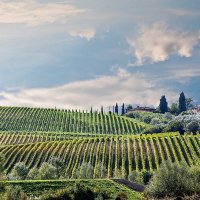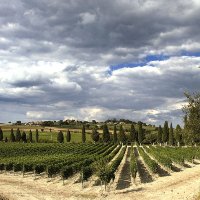An autumnal day in Lunigiana
24 hours in Lunigiana, among culinary traditions and adventure!
Sometimes even the most experienced travellers need to switch off, and what better opportunity than an incredible journey through Lunigiana, an area of Tuscany that's still unknown to most tourists and that has lots to offer: history, medieval castles, forts, hidden villages and charming places.
Lunigiana is a destination that offers the opportunity to head into valleys and mountains and to admire the colours of autumn that seem to paint the landscapes as if it were an impressionist painting, while enjoying the company of farmyard animals and learning the secrets of local cuisine.
-
1.Exploring the Lunigiana by e-bike
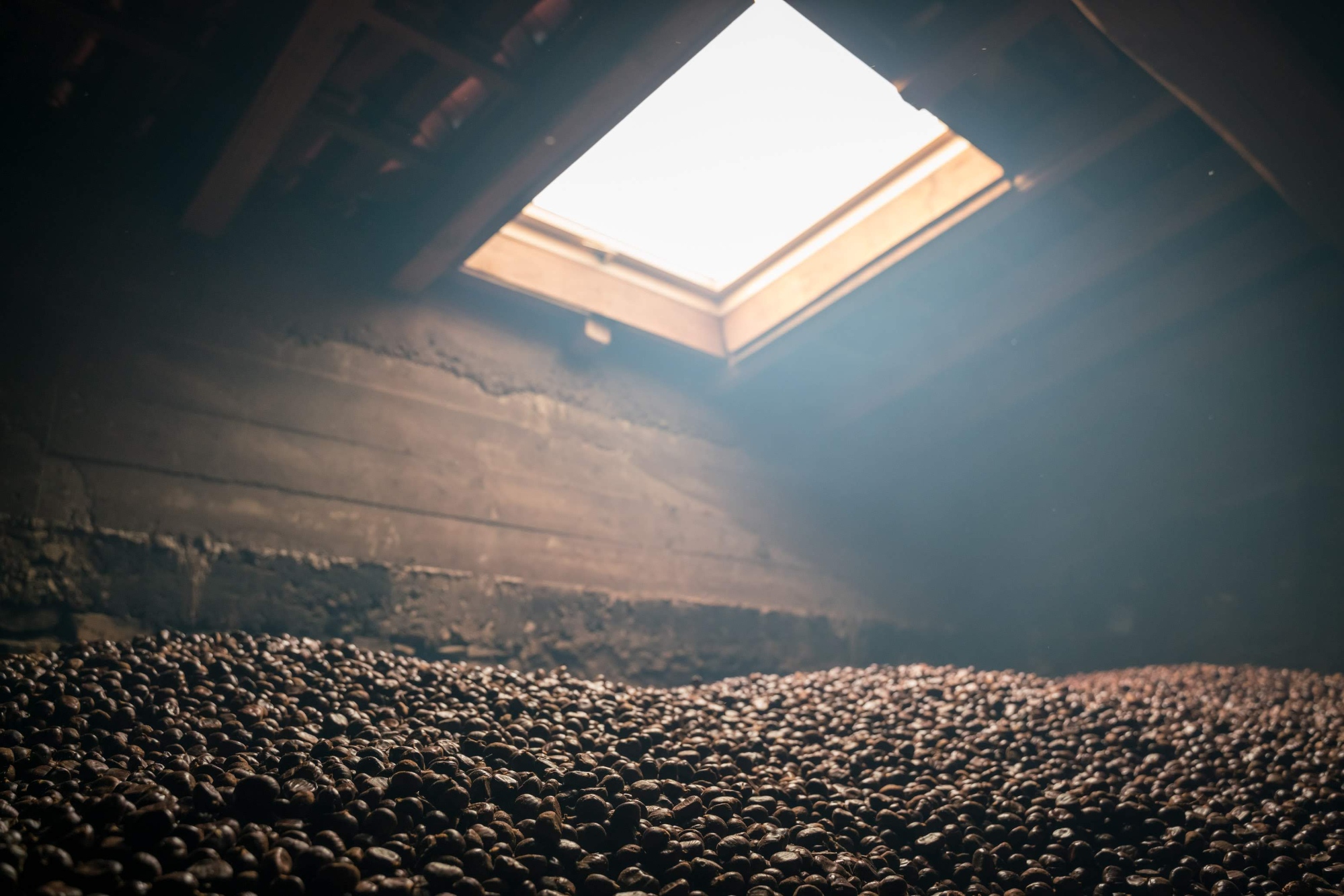
Lunigiana is rich in traditions and one that attracts a lot of attention is the production of chestnut flour, that has obtained the DOP (Denominazione di Origine Protetta).
This flour is obtained tfrom a centuries-old process of drying and grinding chestnuts. First, the fruits are stored in a metato, which is a small stone or brick building for drying the chestnuts, where a fire is lit with chestnut wood.
They allowed us to take a peek inside the building while the chestnuts were still inside.
The chestnuts remain here for 25-30 days and once that time has passed and they are sufficiently dry, they are removed and placed in a machine called a battitore (beater), through which the skin is removed. In old times, this process was performed through a ballatura, an operation that consisted of stepping on the partially peeled chestnuts in order to remove the skin completely. It was a celebratory occasion and people danced over them accompanied by popular songs.
Once all the chestnuts are peeled, they're taken to a local mill like the Mulino di Vico which dates back to the late 15th century and is one of the few that are still active in the area, using energy supplied by the Acquetta stream.
The process of transforming chestnuts into flour begins in the mill. The flour has a nutty, sweet and smoked flavour, and in order to obtain the DOP certification, it must meet certain requirements:
- the flour must be gluten-free
- the flour must have a specific grain size, neither too thin nor too thick
- a maximum moisture content of 8%
Lunigiana DOP chestnut flour is used for sweet and savoury recipes, for example to prepare pasta, bread or castagnaccio that's typical of this area. It's a chestnut flour cake flavoured with walnuts, pine nuts and rosemary. Try it accompanied with ricotta cheese.
Discover the large amount of dishes that can be made with chestnuts while travelling through authentic Tuscany.
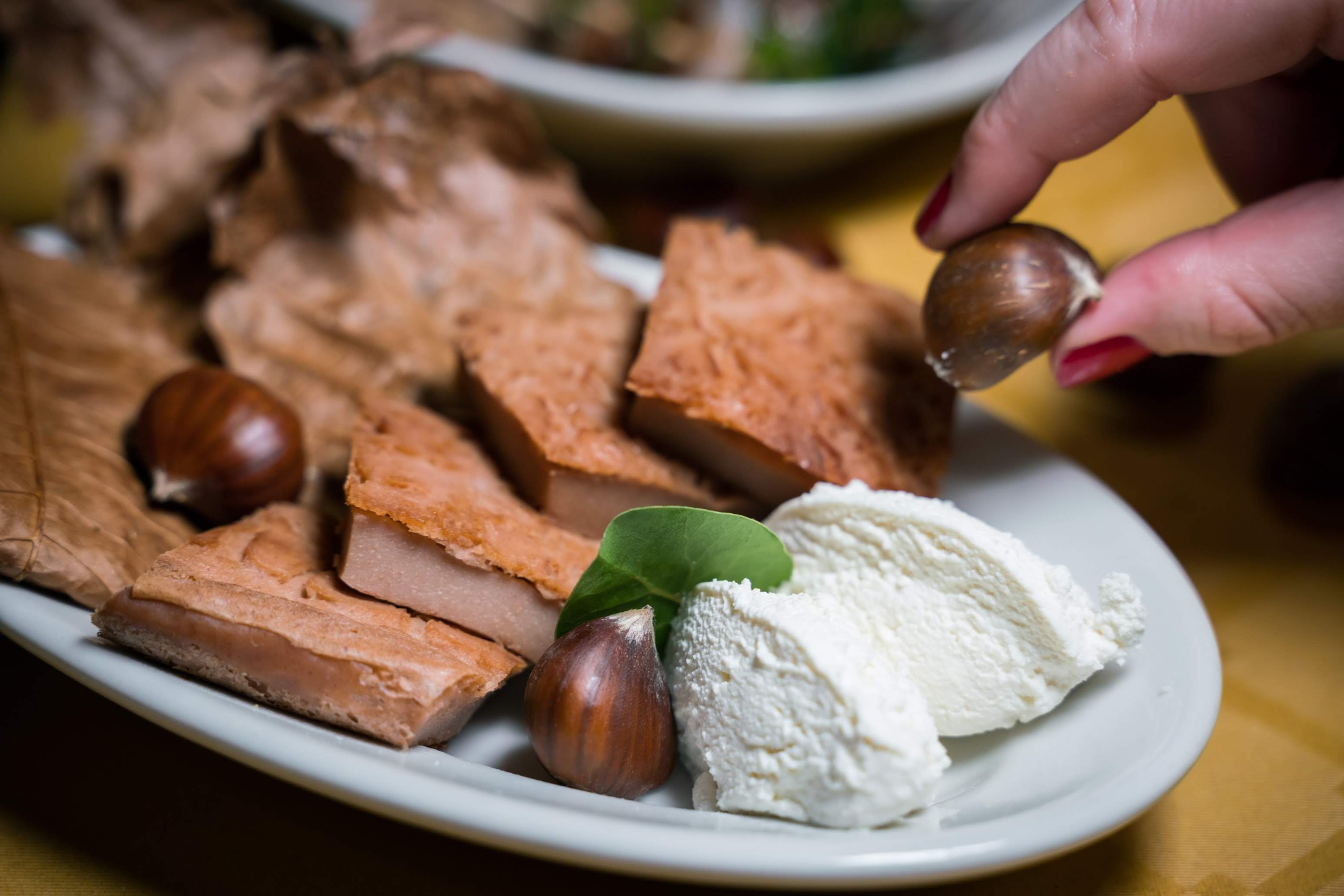
Exploring the Lunigiana by e-bike
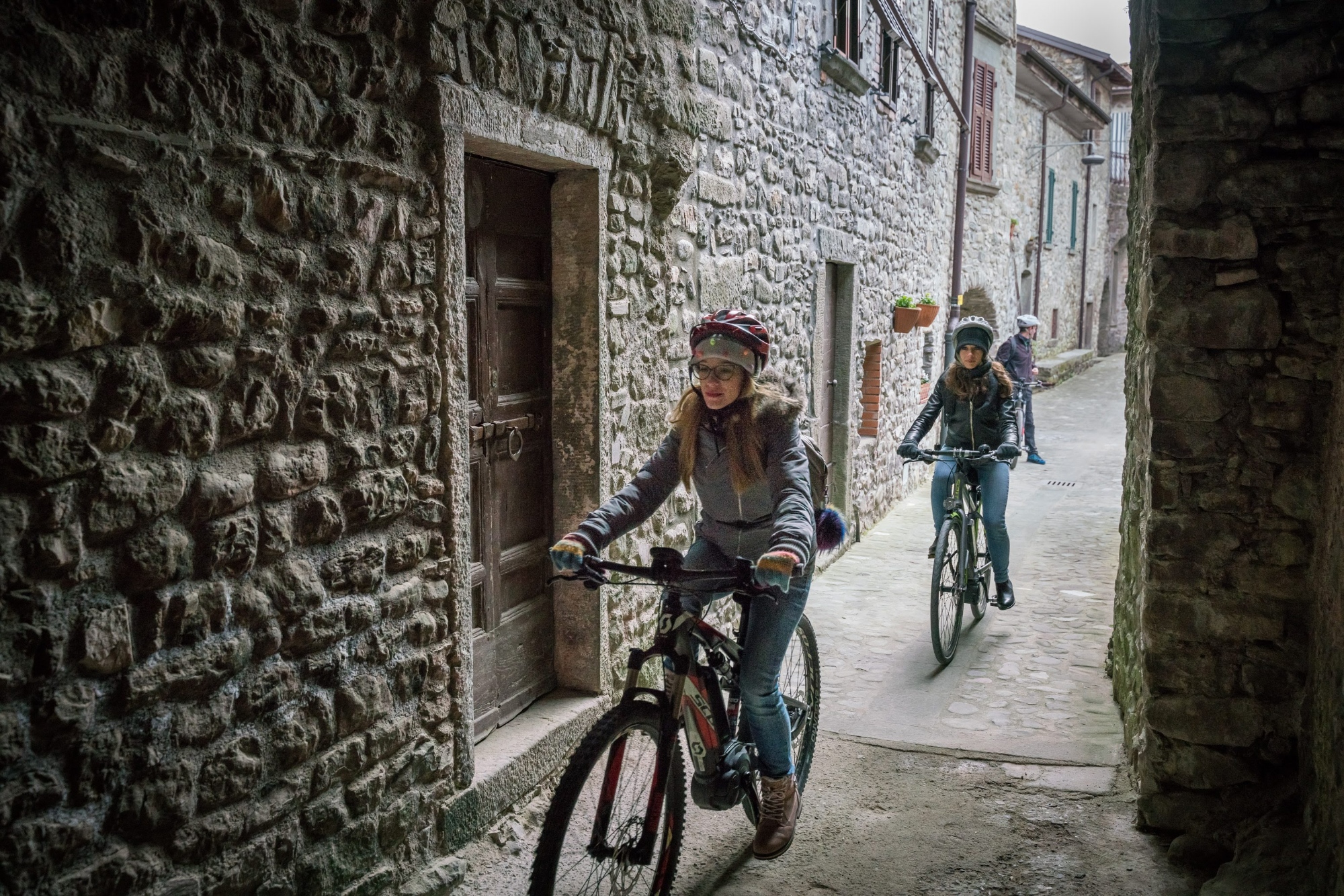
One of the most fun ways to explore Lunigiana is a guided e-bike tour, such as the one called "Bicycle Tour through the Middle Ages", which winds its way through castles and medieval villages in the Apennine National Park.
Electric bicycles are also an easy and enjoyable way to discover the villages of the area, such as Filattiera, Caprio or Cantiere-Ponticello, with their steep streets and medieval castles.
